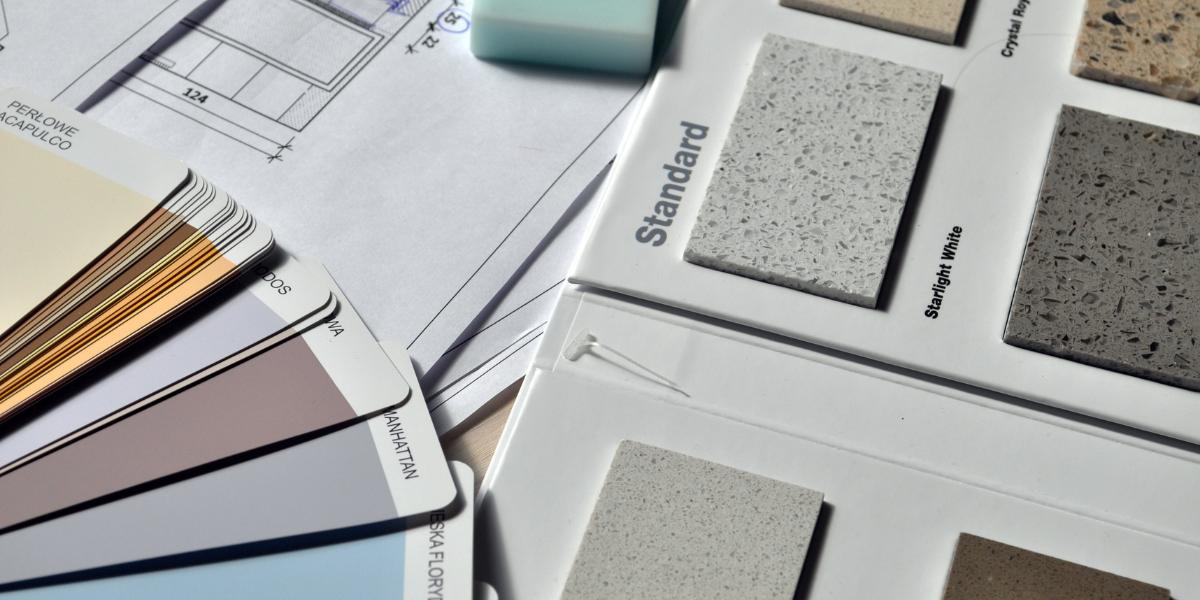
Painting can be a satisfying and transformative experience, whether you're sprucing up a room in your home or tackling a larger project. However, it's all too easy to make mistakes that can lead to frustration and less-than-perfect results. In this guide, we'll explore some of the most common painting mistakes and offer tips on how to avoid them, ensuring that your next painting project goes smoothly and leaves you with professional-looking results.
One of the biggest mistakes people make when painting is failing to properly prepare the surface beforehand. This can lead to a range of issues, including uneven coverage, peeling paint, and a shorter lifespan for your paint job. Before you start painting, make sure to clean the surface thoroughly, repair any damage, and apply primer if necessary. Taking the time to prepare the surface properly will ensure that your paint adheres well and looks great for years to come.
Primer might seem like an unnecessary step, but it can make a big difference in the final outcome of your painting project. Primer helps to seal the surface, prevent stains from bleeding through, and create a smooth, even base for your paint. If you skip the primer, you may find that your paint doesn't adhere properly, leading to flaking or peeling over time. Invest in a good quality primer and take the time to apply it before you start painting for best results.
The tools you use can have a significant impact on the quality of your paint job. Cheap brushes and rollers are more likely to leave streaks and bristle marks, resulting in a less professional-looking finish. Invest in high-quality brushes and rollers, and make sure to clean them thoroughly after each use to prolong their lifespan. Additionally, using the right tools for the job – such as angled brushes for cutting in and smooth foam rollers for flat surfaces – can help you achieve better results with less effort.
The weather can have a big impact on how your paint dries and adheres to the surface. Painting on a hot, humid day can cause the paint to dry too quickly, leading to brush marks and uneven coverage. Similarly, painting in cold or wet conditions can prevent the paint from drying properly and cause it to peel or bubble. Check the weather forecast before you start painting, and choose a day with moderate temperatures and low humidity for best results.